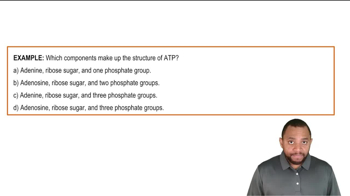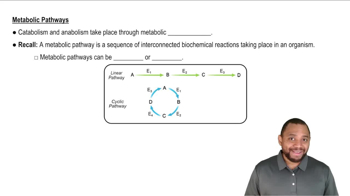Textbook Question
Name the location in the cell where the following catabolic processes take place:
c. β oxidation
 Verified step by step guidance
Verified step by step guidance Verified video answer for a similar problem:
Verified video answer for a similar problem:



 1:45m
1:45mMaster Intro to Fatty Acid Oxidation Concept 1 with a bite sized video explanation from Jules
Start learning